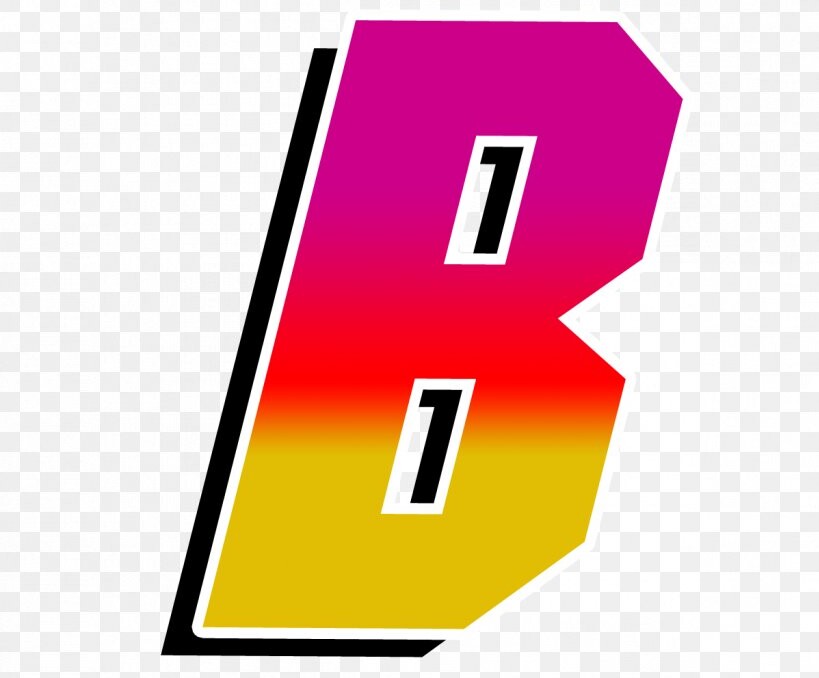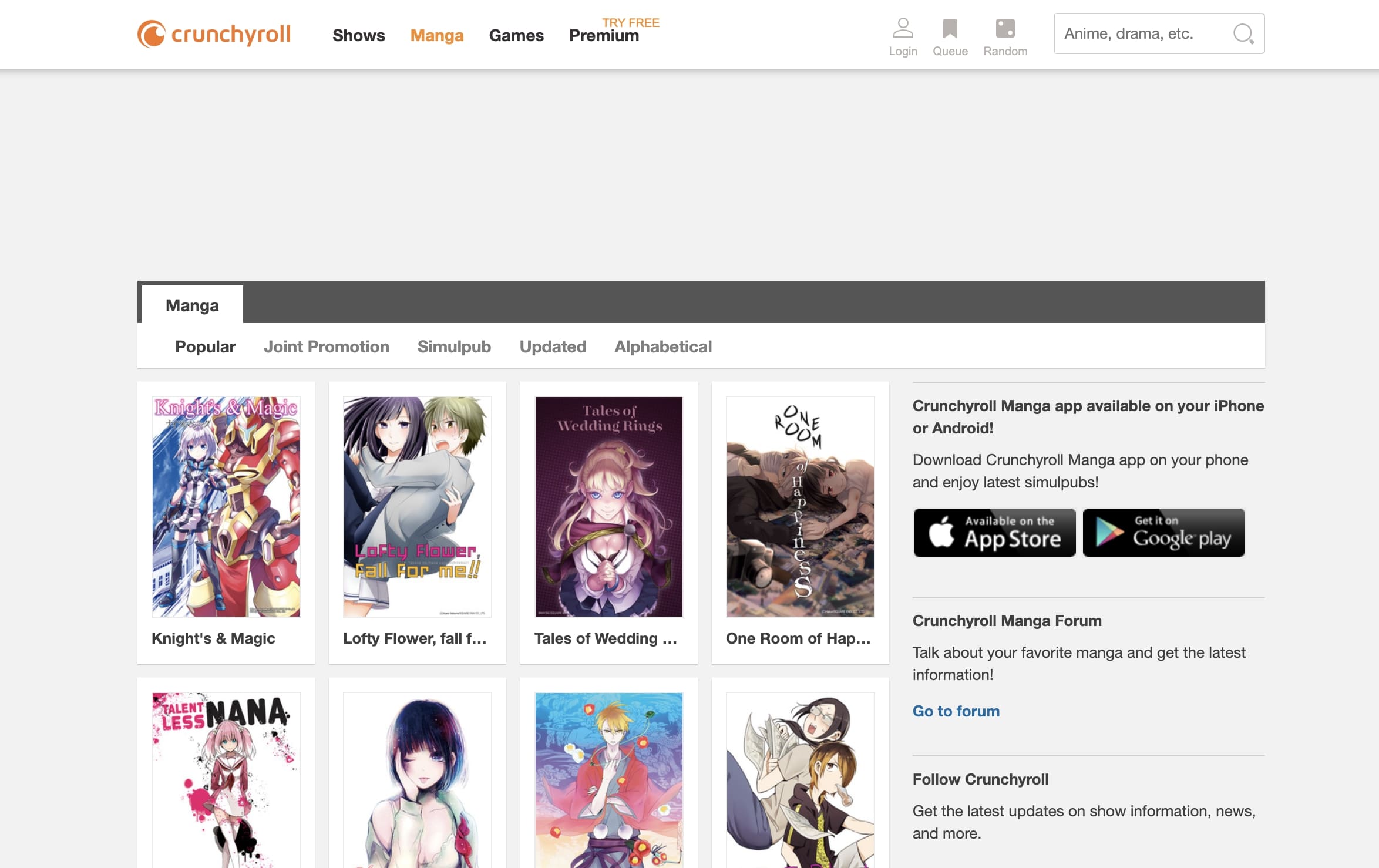Manga like – Manga like? Yo, that’s way more than just comics, dude. It’s a whole vibe, a total aesthetic explosion encompassing art, storytelling, and even the
-feels*. We’re diving deep into the visual styles, the crazy plot twists, and the emotional core that makes manga-like stuff so addictive. Get ready to geek out!
From the sharp lines and expressive characters to the epic narratives and unique panel layouts, we’ll break down everything that makes manga-like art and stories tick. We’ll explore the different subgenres, compare it to anime, and even look at how this style pops up in video games and animation. It’s gonna be lit!
Defining “Manga-Like”
Yo, let’s dive into what makes something “manga-like.” It’s not just about the art; it’s a whole vibe, a specific way of telling stories, and a range of themes that resonate with a global audience. Think of it as a style that’s been massively influential, but also incredibly diverse.
Manga-Like Characteristics
Manga-like art blends distinct visual elements, storytelling techniques, and thematic choices. It’s characterized by dynamic linework, expressive character designs often featuring large eyes and exaggerated features, and unique panel layouts that guide the reader’s eye through the narrative. Unlike American comics, which often focus on realism or stylized realism, manga-like art frequently embraces a more expressive and symbolic approach.
The storytelling often incorporates elements of drama, humor, romance, and action, often weaving together multiple genres.
Manga-Like vs. Anime
While closely related, manga and anime have key differences. Manga-like art is static, found in comic books, while anime is animated. However, both share stylistic similarities, including character designs, emotional expressiveness, and dynamic action sequences. Anime often features more fluid movement and detailed backgrounds than manga, but the core aesthetic often overlaps significantly. Think of it like the difference between a comic book and a movie adaptation—same story, different medium.
Manga-Like Subgenres
The “manga-like” umbrella covers a ton of subgenres, each with its own unique flavor. From the intense action of shonen to the heartwarming slice-of-life stories of shoujo, and the darker, more mature themes of seinen, the diversity is wild. You’ve got fantasy epics, sci-fi adventures, historical dramas, and everything in between. The possibilities are endless.
Visual Style Analysis of “Manga-Like” Art
The visual style of manga-like art is what makes it instantly recognizable. Let’s break down the key elements.
Visual Elements in Manga-Like Artwork, Manga like
Manga-like art is known for its distinct linework, often clean and bold, with varying thicknesses to emphasize details and create depth. Character designs often feature large, expressive eyes, and proportions can be exaggerated for dramatic effect. Panel layouts are dynamic, often using a variety of shapes and sizes to control pacing and focus the reader’s attention. Think dramatic close-ups, wide shots showcasing epic battles, and everything in between.
Color Palettes and Shading Techniques
Color palettes in manga-like art can vary widely, from vibrant and saturated colors to more muted and subdued tones. Shading techniques often utilize hatching, cross-hatching, and cel-shading to create depth and volume, with a focus on clear Artikels and distinct color blocks. Think of the vibrant colors of a magical girl anime compared to the more muted tones of a psychological thriller manga.
Perspective and Composition
Perspective in manga-like art can range from realistic to highly stylized. Composition is frequently dynamic, using leading lines and other visual cues to guide the reader’s eye through the panel. The use of perspective can be quite flexible, sometimes prioritizing emotional impact over strict adherence to realistic proportions.
Explore the different advantages of hare kon manga that can change the way you view this issue.
Different Manga-Like Styles
| Style | Linework | Character Design | Color Palette |
|---|---|---|---|
| Shonen | Bold, dynamic | Muscular, heroic | Vibrant, saturated |
| Shoujo | Delicate, flowing | Slender, graceful | Pastel, romantic |
| Seinen | Detailed, realistic | Varied, realistic | Varied, often darker |
| Josei | Refined, expressive | Mature, relatable | Subtle, nuanced |
Narrative Structure in “Manga-Like” Stories: Manga Like
The storytelling in manga-like works is just as distinctive as the art. It’s all about pacing, symbolism, and creating a strong emotional connection with the reader.
Narrative Structures and Storytelling Devices

Manga-like stories often employ a variety of narrative structures, from linear plots to more complex, non-linear narratives with flashbacks and interwoven timelines. Common storytelling devices include cliffhangers, foreshadowing, and unreliable narrators to keep readers hooked. The pacing is often carefully controlled through the use of panel sequencing, with some panels lingering on key moments and others quickly moving the action forward.
Pacing and Panel Sequencing
The way panels are arranged directly impacts the pacing of the story. A series of small panels can create a sense of urgency and speed, while larger panels can slow things down and allow for more detailed emotional expression. The strategic use of panel size and placement is a key element in manga-like storytelling.
Symbolism and Metaphor
Symbolism and metaphor are often employed to add layers of meaning to the narrative. These can range from subtle visual cues to more overt symbolic representations of themes and ideas. The use of symbolism in manga-like stories often draws on both Eastern and Western traditions, creating a unique blend of cultural influences.
Sample Narrative Structure
A simple manga-like story might follow a three-act structure: Act 1 introduces the protagonist and sets up the central conflict; Act 2 develops the conflict through a series of escalating challenges; and Act 3 resolves the conflict, often with a satisfying conclusion or a cliffhanger that sets up a sequel.
Thematic Exploration in “Manga-Like” Works
Manga-like stories often tackle a wide range of themes, reflecting both universal human experiences and culturally specific concerns.
Common Themes and Motifs
- Love and Romance: From sweet first loves to complex relationships, romantic themes are frequently explored.
- Friendship and Loyalty: The bonds between friends are often central to the narrative.
- Revenge and Justice: Stories often delve into themes of revenge, justice, and morality.
- Social Commentary: Manga-like works can subtly or overtly address social issues.
- Coming-of-Age: Many stories follow characters as they navigate adolescence and adulthood.
- Family and Relationships: Complex family dynamics and interpersonal relationships are common themes.
“Manga-Like” in Different Media
The “manga-like” aesthetic has transcended the boundaries of comic books, influencing various media.
Adaptation Across Media
The distinctive visual style and storytelling techniques of manga-like works have been successfully adapted to animation, video games, and graphic novels. While the medium changes, the core elements—expressive characters, dynamic action, and engaging narratives—remain central.
Examples of Adaptation
“The anime adaptation of
Attack on Titan* successfully translates the manga’s intense action sequences and complex characters to a moving visual experience.”
“Video games like
Persona 5* incorporate the visual style and character designs of manga-like art, creating a unique and engaging aesthetic.”
“Graphic novels such as
The Wicked + The Divine* draw inspiration from manga-like art to create a visually striking and narrative-driven experience.”
Evolution and Influence of “Manga-Like” Art
The “manga-like” style has a rich history, evolving over time and influencing global visual culture.
Historical Evolution
The evolution of manga-like art can be traced back to early Japanese woodblock prints and Western comic book influences. Key artists and works have shaped the development of the style, with each generation adding its own unique contributions. The style continues to evolve, adapting to new technologies and artistic trends.
Key Artists and Works
While naming specific artists would require a far more extensive piece, it’s important to note the influence of early pioneers in Japanese manga, and how their styles influenced later generations, both in Japan and internationally. The evolution has been a continuous process of borrowing, adapting, and innovating.
Impact on Visual Culture
Manga-like art has had a significant impact on contemporary visual culture, influencing animation, video games, fashion, and advertising worldwide. Its distinctive aesthetic and expressive storytelling have captivated audiences globally, leaving an undeniable mark on the visual landscape.
So, there you have it—a deep dive into the world of “manga-like.” From its distinct visual style to its captivating storytelling techniques, it’s clear that this artistic movement has left an undeniable mark on pop culture. Whether you’re a seasoned manga fan or just curious about this unique aesthetic, hopefully, this exploration has sparked your interest and maybe even inspired your own creative endeavors.
Peace out!




